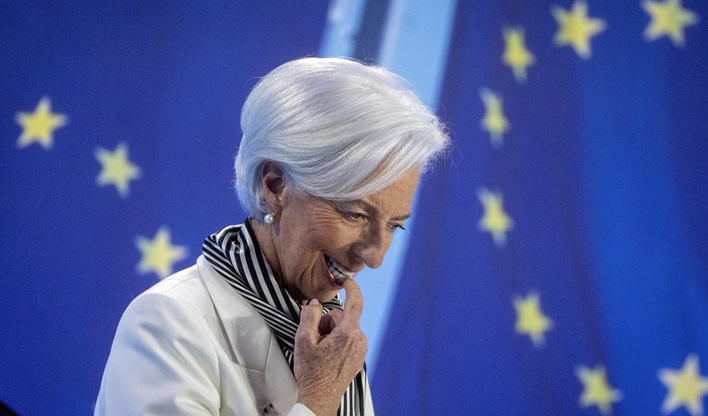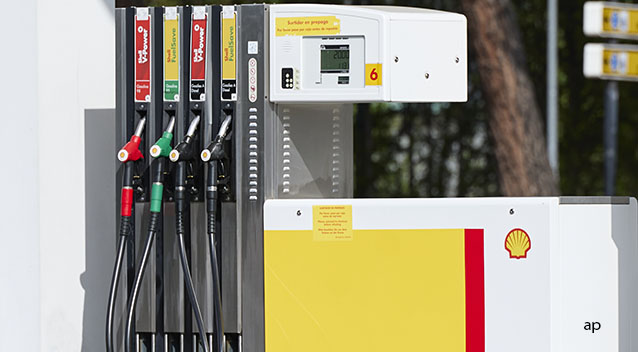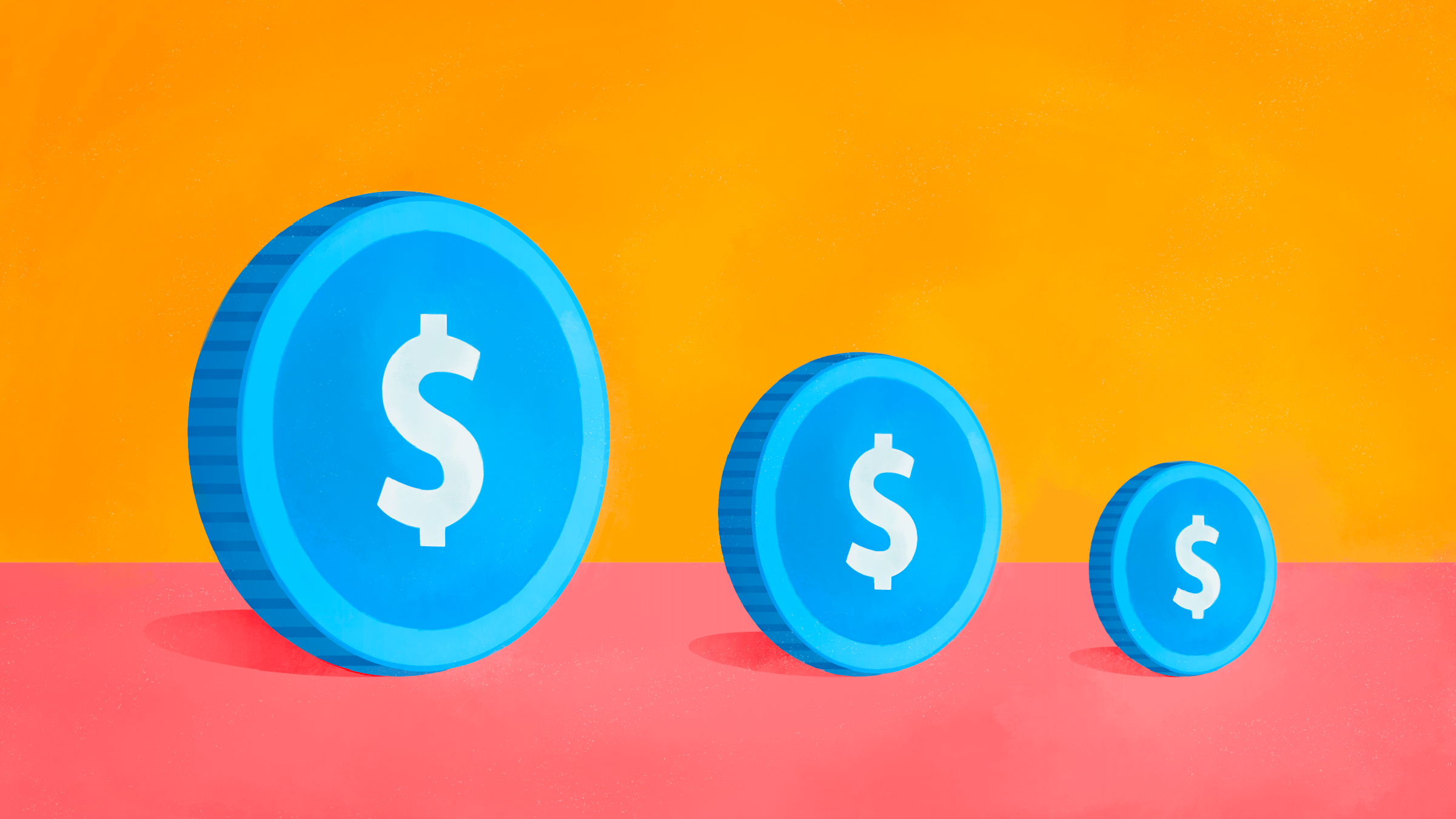
Across Europe, most central banks have begun the process of easing up on aggressive stances they took in recent years to quell high inflation. In most countries, inflation has fallen within sight of policymakers' targets and they are now trying to delicately steer their economies toward a so-called soft landing. Keeping rates too high for too long might risk damaging the economy with higher unemployment rates and lower economic growth.
However, this is not the case for the central bank in Norway. Whilst neighboring economies are easing monetary policy, Norwegians are likely stuck with the highest policy rate since November 2008 for the rest of the year, and well into spring 2025, according to economists.
Sweden's Riksbank recently cut its key interest rate to 3.25% in September, the third time this year after cuts in May and August.
Why Isn't Norges Bank Cutting Rates?
"Why should they cut the key rate?", Kjetil Olsen, chief economist at Nordea, says in an interview with Morningstar. "The starting point is that inflation is still too high: Core inflation came in at 3.2% at the last reading and the outlook is for inflation to be very sluggish from here on."
On top of that, unemployment in Norway is at an historically low level, even lower than before the pandemic, he adds. The Norwegian economy has weathered higher rates much better than anticipated, and much better than many other countries. One reason behind this is what Kjetil Olsen describes as an extra leg in the Norwegian economy that many others don't have: oil and gas.
"There is now a boom in the oil and gas sector, that has come as a consequence of the tax incentives that were given during covid that made oil and gas companies to frontload a lot of investments. The sector makes up a big share of the economy and has acted as a buffer", he explains.
Amanda Sundström, international chief strategist Norway at SEB, states in a comment to Morningstar that many other parts of the Norwegian economy are struggling, highlighting interest-rate sensitive sectors like construction. But with the dominant oil and gas sector propping up the economy, Norway has seen wage growth above 5% for the second year in a row.
"With inflation hovering around 3%, Norwegians will experience real wage growth for the first time in a long time boosting the consumption going forward", Kjetil Olsen explains.
Norwegian Families Better Off Than Pre-Pandemic
Another important difference is that when the covid pandemic hit, Norges Bank had a positive interest rate, that was then cut by 1.5 percentage points. A stark contrast to Sweden, Switzerland and the eurozone that were already at 0 or below.
Kjetil Olsen explains: "So the effect of lowering interest rates gave a boost in purchasing power for everyone with debt in Norway, but the point is that we didn't spend that increase in purchasing power, because everything was closed down. So we didn’t get the normal increase in consumption due to high purchasing power – quite the opposite – consumption fell."
"The result was a tremendous increase in savings, and just the fact that savings went back to normal after covid, when the economy opened again, took away the effect of at least the first 3 percentage points of hikes in interest rates."
According to the chief economist, the purchasing power for an average family in Norway, with maximum debt in January 2020, will be surpassing the January 2020 level this year. Meanwhile, an average Swedish household has seen their purchasing power drop by 20%.
"So entering next year, there will be a boom", Kjetil Olsen predicts.
Weak Currency Complicates Norway's Rate Policy
As for all small and open economies, Norway's currency plays a big role in the inflation drama. Norges Bank keeps emphasizing the importance of the Norwegian krone, which has weakened considerably in recent years. The weak NOK means that the country imports higher inflation, that could also have an impact on wages as it affects the profitability of the dominant oil and gas sector, Amanda Sundström says. When oil prices fall, the NOK tends to weaken, as is evident from the NOK/SEK exchange rate, for example.
"Seen over a longer period of time, I believe that the weak NOK is largely because Norwegians, like Swedes, have a very large accumulated wealth that is invested abroad. A considerable proportion of these outflows of kronor are made without currency hedging, which could otherwise have had a counteracting effect", Sundström concludes, adding that economic uncertainty and high interest rates in the world's most important economy, the United States, have played a major role in recent years.
Keeping rates still while other central banks are cutting could be a risky move, Sundström continues, drawing parallels to the Swedish Riksbank:
"The Riksbank has previously been in situations where the krona exchange rate has played an outsized role in monetary policy, but has recently moved away from this. The exchange rate is an important element in the development of inflation, but I believe that central banks in small, open economies are heading in the wrong direction if they lock monetary policy too tightly to the exchange rate. It is largely driven by global conditions and, in the case of Norway, there is a risk of overly tight monetary policy because of it."
Kjetil Olsen doesn't see the imported inflation from a weak NOK as a big problem though, stating that Norway, in contrast to many other countries, doesn't import a lot to then export. Instead, Norway has a lot of raw materials inland, meaning that the profitability from a weak currency is higher in Norway than in many other economies.
It is clear, however, that Norges Bank wants to see the NOK strengthen, hoping that the increased rate differential with trading partners will give some extra support to the battered currency.
When and How Far Will Norges Bank Cut Rates?
Norges Bank itself forecasts a first rate cut in the first quarter of 2025 and a total of four cuts through the year, bringing its key rate to 3.73% from today's 4.50%. Nordea believes this forecast to be too dovish, expecting only two rate cuts in total during 2025.
"If anything, we think growth will be stronger next year than what Norges Bank estimates and as such, there is an upside to the rate path presented by the central bank", Kjetil Olsen says.
SEB decided to change their predictions of a December cut after the September meeting, where it was made clear that the central bank is in no hurry to cut unless the economy deteriorates faster. Instead, SEB now also predicts a first cut in March 2025. At the end of 2025, SEB expects Norges Bank to have delivered four rate cuts bringing key rate down to 3,50%.


























